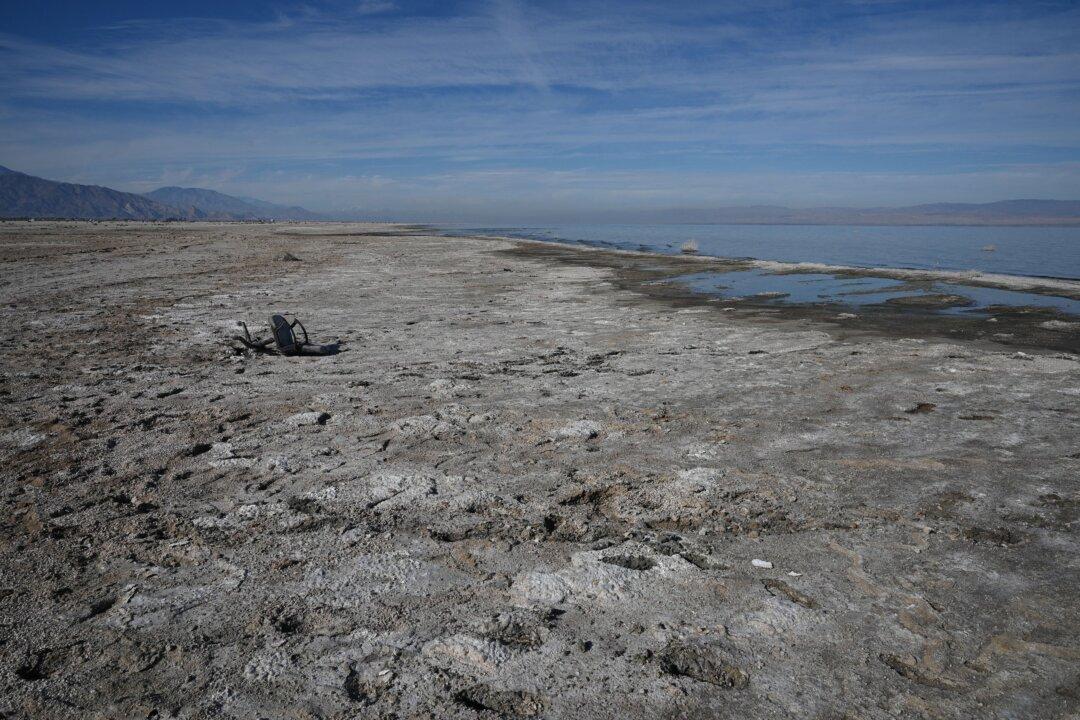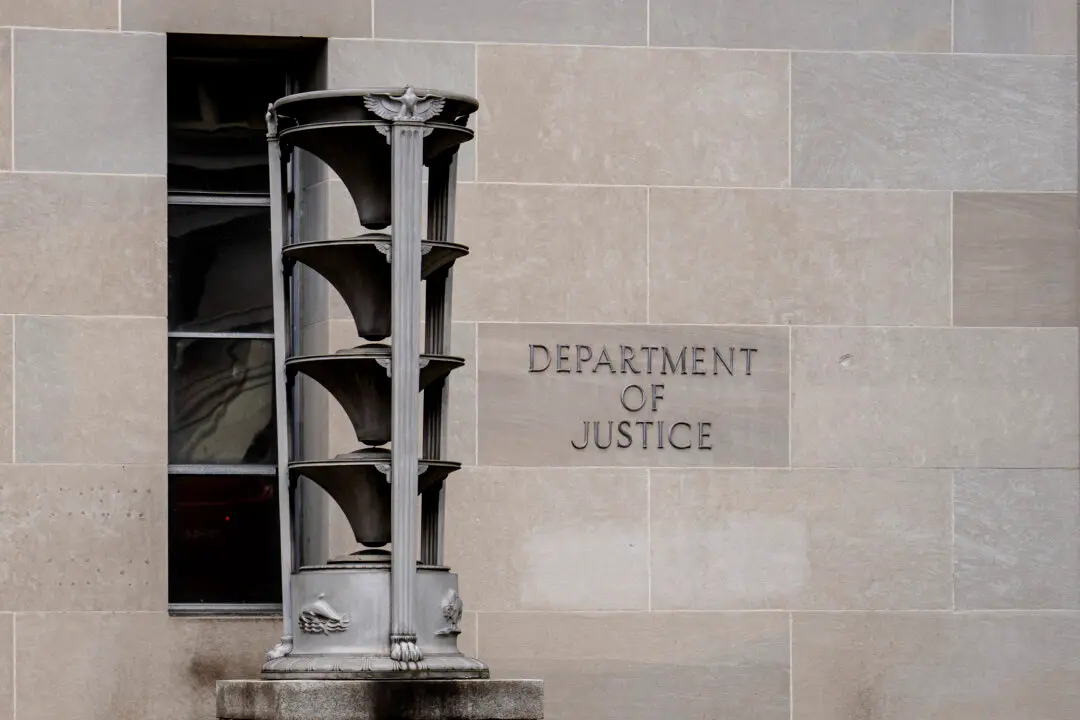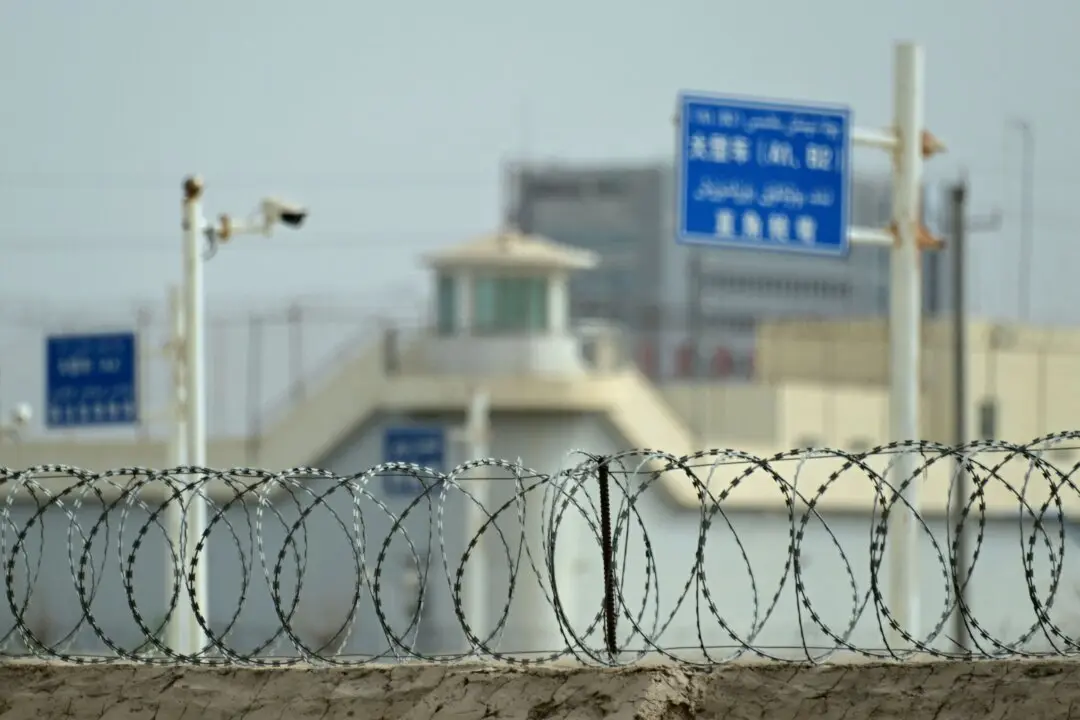California and federal officials broke ground on Tuesday to begin the expansion of restoration efforts at the Salton Sea, one of the largest lakes in the state, according to the U.S. Department of the Interior (DOI).
The Salton Sea, a saline lake located in Imperial County in southern California, has shrunk in recent years due to declining water levels, leaving an exposed lakebed that worsens air quality and impacts the habitat for fish and wildlife.





